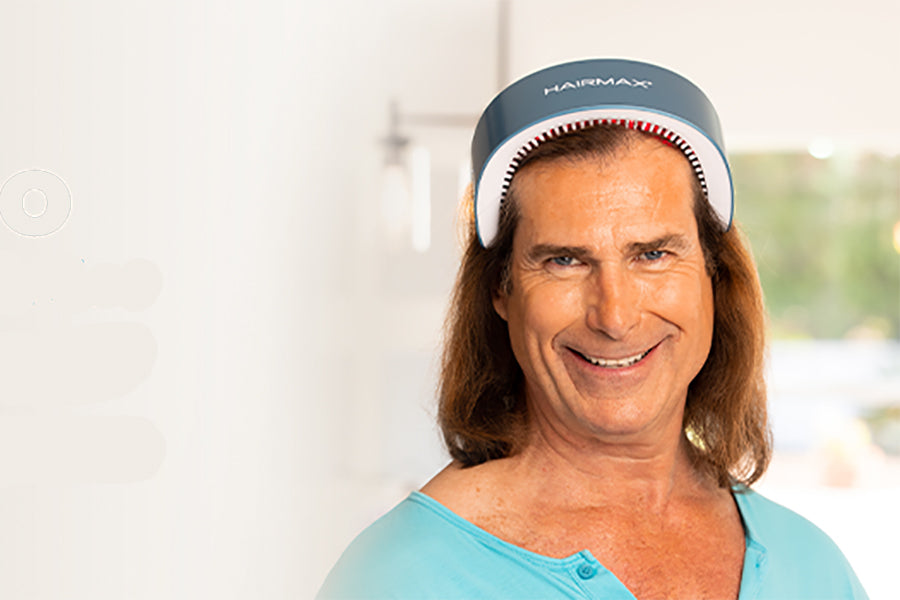Everyday hairstyles that pull on the hair, such as extremely tight ponytails, ballerina buns, thick dreadlocks, and poorly applied hair extensions can make everyone at risk of developing a type of hair loss called traction alopecia. Traction alopecia is not exclusive to women. Guys who sport the trendy but extremely tight “dad buns” are also at risk of developing this type of balding.
In the case of Paigey Cakey, an eighteen-year-old rapper from North London, her frequent donning of cornrow hairstyle and weaves brought her bald patches on the right side of her head. It started developing when she was 18 years old and by the age of 25, her traction alopecia reached a point when she needed a hair transplant to treat it.
Traction Alopecia
This condition involves hair loss as a result of persistent and frequent pulling on the roots of the hair. The condition gets worst if a person wears extremely tight hairstyles for several hours each day, or for consecutive days to weeks. Traction alopecia can go about unnoticed since the hair loss process does not involve sensation like the sensation felt from hair plucking. Essentially, a person with traction alopecia is losing his or her hair gently. The person may only be aware of it when bald spots become noticeable.
Traction alopecia may also result from vigorously using combs and hairbrushes with super fine teeth, similar to the ones used to get rid of head lice.
What Can Be Done To Avoid Traction Alopecia
Since traction alopecia is a form of hair loss due to repetitive tension on the hair roots, people need to be sure that they are not wearing their hairstyles too tight. Braids, cornrows, buns, weaves, should be comfortable. If they get painful, it means the scalp is getting damaged. In this case, it is imperative to re-do the hairstyle.
Braids and dreadlocks should not be done around the hairline. They should also be thick, meaning these hairstyles should comprise big chunks of hair. Only wear these hairstyles for a maximum of two weeks or less and the pattern of braids and twists should be changed each time these hairstyles are created.
* Avoid tight hairstyles if possible. If tight hairstyles are used, hair should be tied as loosely as possible and worn loose or down whenever possible.
* Avoid or limit chemicals, including relaxers. Avoid putting relaxer onto already relaxed hair.
* Change hairstyles every few weeks to prevent strain on one area of the scalp.
Traction Alopecia Treatment
Traction alopecia is a form of alopecia, or gradual hair loss, caused primarily by pulling force being applied to the hair. This commonly results from the sufferer frequently wearing their hair in a particularly tight ponytail, pigtails, or braids.
Caught early, it is usually reversible, and the hair can regrow. Over time, however, if the pulling force is not relieved, hair follicles can become irreversibly damaged so that the hair does not regrow. Treatment can be as simple as changing hairstyle techniques.
Low-Level Laser Therapy can also be used to treat this condition. Although laser light therapy is FDA Cleared for Androgenic Alopecia (pattern hair loss), it may be used to treat traction alopecia. The laser energy will stimulate energy production into the hair follicles to help produce healthy, vibrant hair. Users who opted for LLLT treatment reported no side effects and said devices with this technology are convenient to use. The most well known and clinically proven LLLT hair growth devices for home use are HairMax laser devices. The HairMax LaserBand 41 emits laser light energy that may also increase blood flow and circulation in the scalp. With regular use, the device can help make hair follicles healthy and functional once again.




Share:
Hair Loss In Women
Light Energy for the Treatment of Skin Conditions